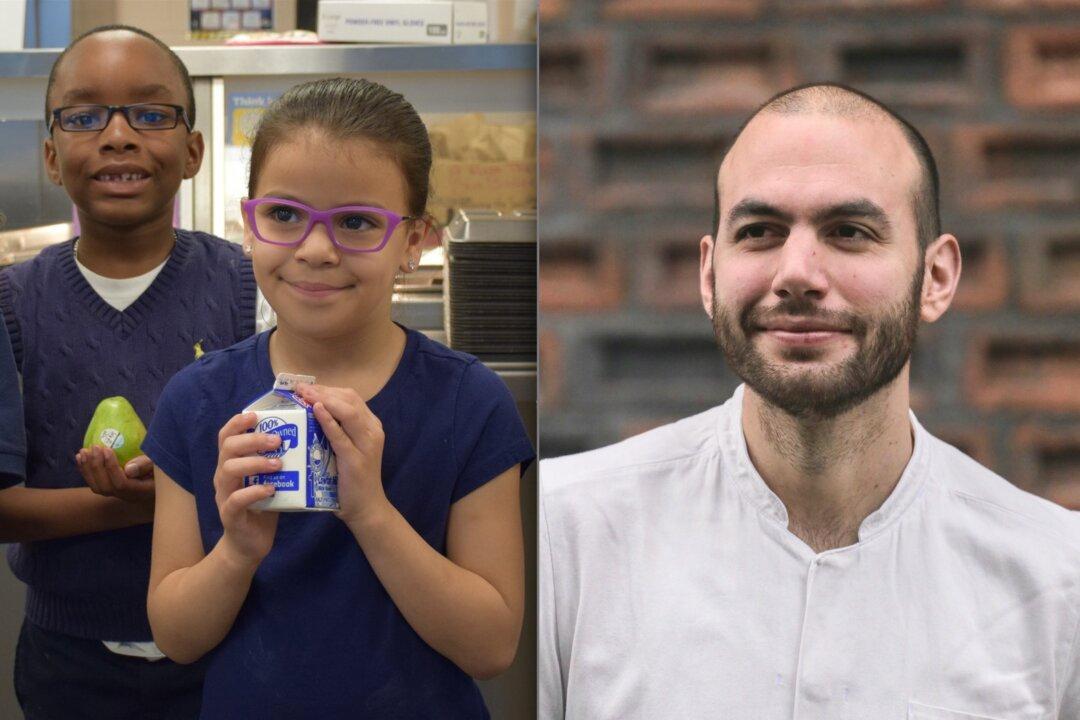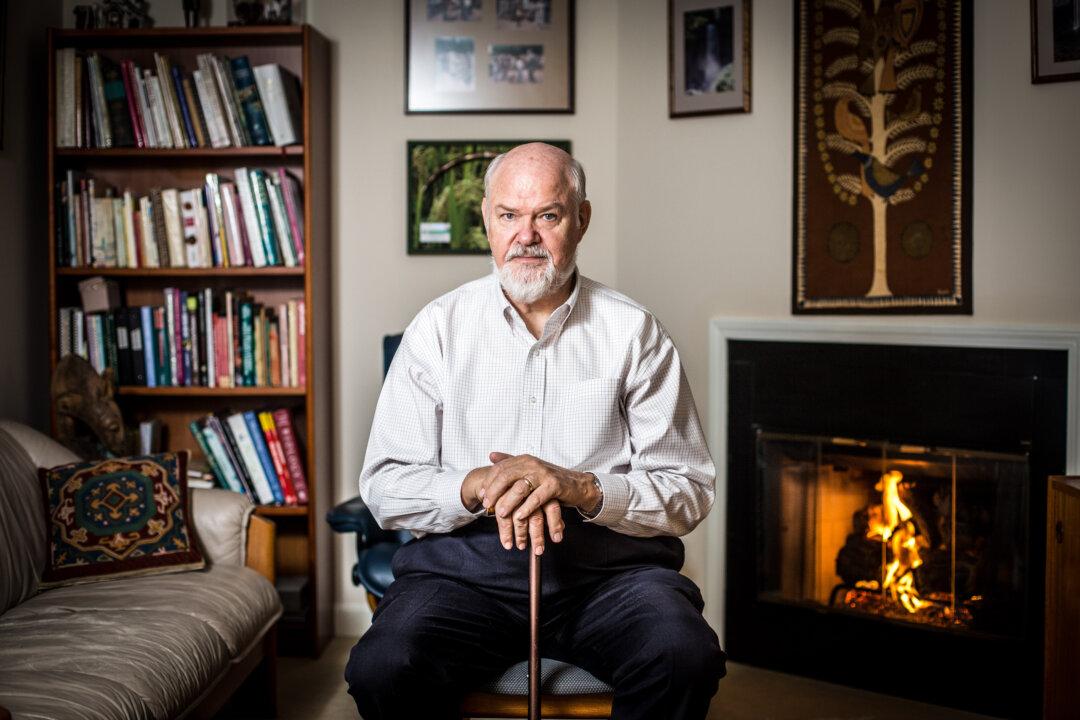Dan Giusti left his job as head chef at one of the world’s top-ranked restaurants to volunteer for one of the most unglamorous cooking jobs in America. This summer he will start managing chefs in schools, and he couldn’t be prouder.
Ambitious cooks coming out of culinary school all want to work in fine dining, said Giusti, explaining how he ended up at Noma, in Copenhagen, Denmark, ranked best in the world four times by Restaurant magazine.
“It took me a while to figure out that this is not what I was cut out to do,” he explained in a recent telephone interview. “I didn’t want to serve exquisite meals to a select group of people; I wanted to feed people.”
I wanted to wake up every day and think I am doing something that is affecting people's daily lives.






